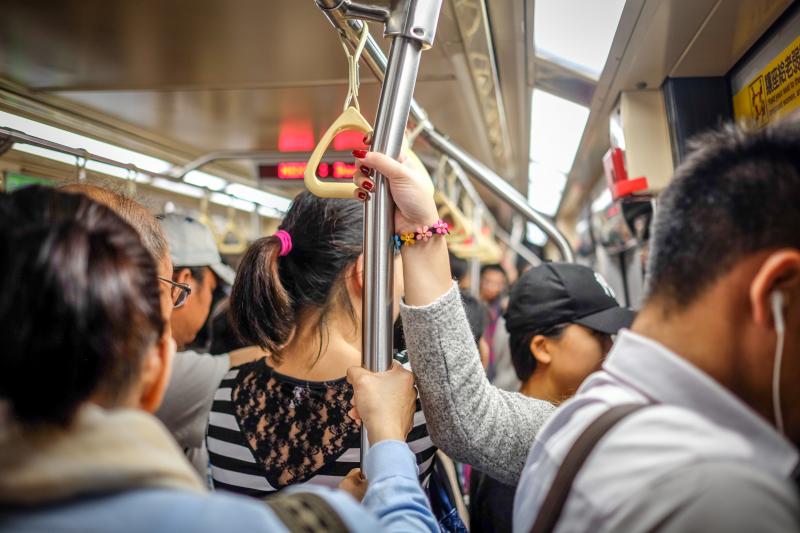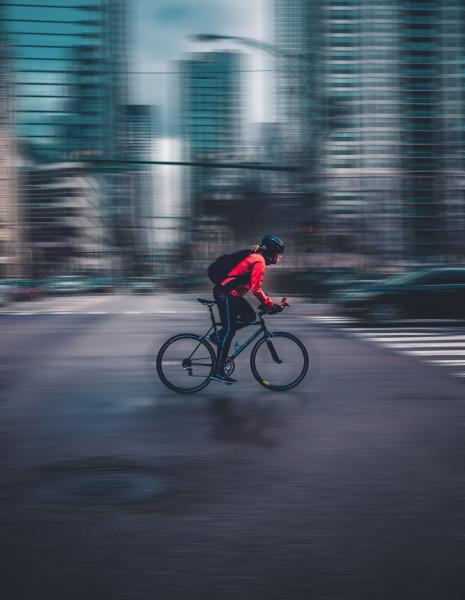
In March 2020, the world changed overnight for everyone save “essential workers” and emergency trips. Standing room only BART and Caltrain cars, city buses, and public and private shuttles emptied. Only those with no other choice, were riding transit. Across all transit agencies, ridership plummeted over 90%. Freeways were at free-flow conditions and the air cleared.
In June, some offices started bringing back workers on an as-needed and rotating basis, and transit ridership increased slightly. Thankfully, demand is still low enough that maintaining social distancing has been easily achieved on transit vehicles. As we look to the future of public and private transportation, we are now having entirely new conversations. Here are a few I find most intriguing. Disclosure: I manage private and community ‘first and last mile’ commuter programs.
- What will it take for riders to feel safe; particularly before a vaccine or effective treatment? How are employers responding to possible commute risks? How will perceptions affect the public’s willingness to attend concerts, ballgames, museums, and other public events, longterm?
- How might vehicular technology and design change?
Is Transit Safe?
Early research, while limited, on the risks of riding public transit is encouraging. The data so far is primarily from Japan, Hong Kong, Singapore and China and indicates that riding transit (masked) is not a source of transmission. Similar data from our own systems is preliminary (but it’s too soon to draw firm conclusions). The transportation industry responded quickly to the pandemic with enhanced cleaning and limiting the number of riders on vehicles; minimizing ‘points of contac’t and furnishing drivers with PPE.
The CDC recommended avoiding public transit except for essential trips. While initially this was sound precautionary advice, whether the same guidance is still warranted, based on evidence, is unclear. The CDC’s guidance instilled fear however, prompting many employers to issue a policy prohibiting workers from using public transit to get to and from work.
Because most employers are phasing in return to work, the number of employees needing to commute to an office on any given day may average only 20 and 30% of a full work force in the short term. If data continues to show public transportation is relatively safe (with precautions such as masks), most systems should have adequate capacity while still providing adequate social distancing.
Is the Peak Hour Commute (and 8-Hour Work Day) Over?
One of the larger questions this leads to is whether the traditional ‘peak hour’ commute is now a relic of the past. Even before COVID, it was commonplace for as many as 25% of office workers to work remotely at least once or twice a week. With new social distancing requirements at the workplace, expanding the contingent working remotely is now a necessity. Having two or more ‘shifts’ to reduce the total number of people in the office at one time is another possibility. These changes alone could shift the public (and private) transit world in many positive ways.
In addition to relieving uncomfortable, overcrowded conditions during ‘crunch’ times, spreading commutes across the day has the potential to improve all aspects of commuting. With fewer people commuting at one time, travel time and congestion across all modes would improve. Shift work means a single commuter wouldn’t monopolize parking every day for a full 8+ hours at BART and parking can ‘turnover’ more often. Operationally, transit could improve frequency throughout the day accommodating not only workers but making it more convenient and attractive for non-work trips. Local businesses in and around transit stations would benefit from all-day patronage. Improved travel times which reduces total travel time, makes transit more viable and pleasant, not to mention a more efficient use of existing resources.

Photo by Max Bender on Unsplash
Redesigning Vehicles, Roads, and Curbs
What will happen with Lyft, Uber and real-time carpooling which were all flourishing just a few months ago? Beyond requiring masks and having riders confirm they are not sick before riding, I expect to see some immediate adaptations such as installing physical separations between drivers and riders and between riders. A few years ago, I participated in a design workshop that envisioned what a driverless micro-transit vehicle might look like. We envisioned an on-demand vehicle notifying its rider of arrival via a color flashing on the vehicle that matched the color flashing on a smart phone. The rider was directed to which door to enter (depending on occupancy); the door automatically opened and shut. Each rider sat in a pod with the choice to interact with other riders or not. It’s ironic that much of what we were envisioning at the time seemed like ‘overkill’ yet is so relevant today. And while we’re years away from driverless, vehicle manufacturers could integrate some of these other features relatively soon.
Cities are also moving ahead quickly on expanding bike lanes, bike and scooter sharing. The next iterations might be to offer active transport vehicles with protection from the elements and more stability (for people like me, afraid of falling off a bike). Prototypes for many of these products already exist; it will be interesting to see which ones come to market now.
Reconfiguring existing modes and transit systems for the post COVID world will succeed only if we also rethink infrastructure to support sustainable transportation. The first step is re-prioritizing allocation of limited roadways, sidewalks, and curb space. Making sure all modes have safe space to board passengers near BART and other mass transit entry points and at retail and other centers is critical. Making sure buses and other ‘high occupancy’ vehicles minimize travel time between destinations may mean dedicating bus lanes (or even streets). Minimizing conflicts with delivery vehicles and between modes would benefit all from both an operational and safety perspective.
The pandemic will end eventually. The Bay Area will continue to grow – we may see growth in different parts of the region – but growth is inevitable. If we want better outcomes, this interlude is the time to reimagine how our transportation systems function.
 OLLI member Wendy Silvani has been a transportation consultant since 1996 working with Bay Area cities, developers and employers to create and manage transportation programs for their respective communities. A 1974 graduate from Berkeley’s School of Journalism , she worked in advertising and public relations for the first two decades of her career.
OLLI member Wendy Silvani has been a transportation consultant since 1996 working with Bay Area cities, developers and employers to create and manage transportation programs for their respective communities. A 1974 graduate from Berkeley’s School of Journalism , she worked in advertising and public relations for the first two decades of her career.